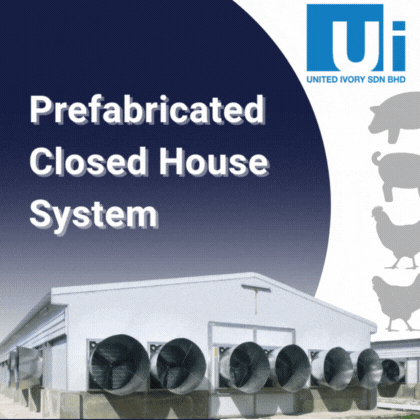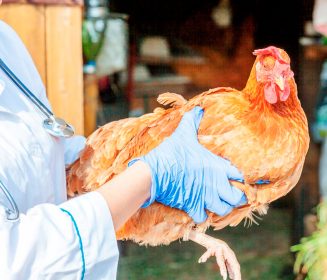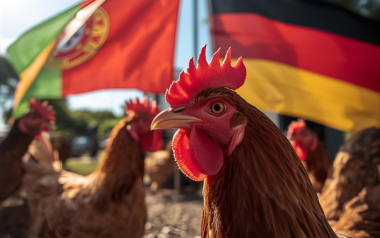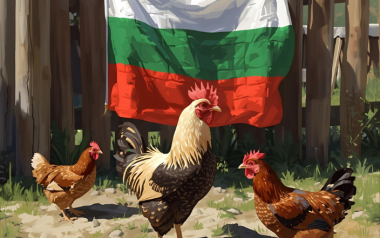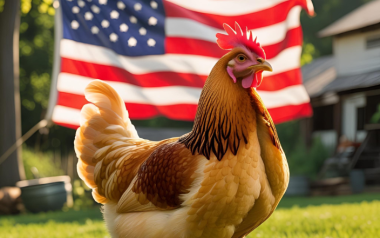Sources: Available upon request.
20 May 2024
Bird Lice: tiny parasites of avian world
Bird lice, scientifically classified as chewing lice (order Phthiraptera), are fascinating creatures that have adapted to life on the skin and feathers of birds.
Bird lice, scientifically classified as chewing lice (order Phthiraptera), are fascinating creatures that have adapted to life on the skin and feathers of birds. These small insects play a role in the intricate ecosystem of avian hosts. Let’s explore their biology, impact, and coexistence with birds.
What are bird lice?
- They are external parasites that primarily infest birds, including domestic poultry like chickens, turkeys, and ducks.
- Unlike true lice (which suck blood), bird lice are chewing lice. They feed on feathers, skin, and sometimes blood.
- Their tiny size (around 3 mm) and flattened bodies set them apart from their blood-sucking counterparts.
Life cycle and behavior
- Bird lice spend their entire lives on their avian hosts.
- Females lay eggs (called liendres) at the base of feathers or directly on the host’s skin. These eggs are visible as whitish masses.
- Larvae emerge 4 to 7 days later and gradually develop into nymphs and adults.
- The entire life cycle lasts between 3 and 5 weeks.
- Interestingly, they can survive for several months on the host but only about a week away from it.
Common species
- Eomenacanthus stramineus (also known as Menacanthus stramineus):
- The most common and damaging bird louse worldwide.
- Measures 2.5 to 3.5 mm in length and has a brown color.
- Feeds on skin and feather debris but can also suck blood from wounds.
- Prefers areas with fewer feathers, such as around the cloaca.
- Goniocotes gallinae:
- One of the smallest bird lice (less than 1.5 mm long).
- Found all over the bird’s body, especially in downy areas.
- Feeds on skin and feather debris.
- Cuclotogaster heterographa:
- Measures about 2.5 mm.
- Commonly infests the head and neck of chickens.
- Doesn’t suck blood but feeds on feather and skin detritus.
Impact on birds
- They usually don’t harm birds significantly unless there’s an unusually heavy infestation.
- In extreme cases, excessive scratching due to irritation can lead to self-inflicted injuries.
- Infestations may interfere with egg production and overall health in poultry.
- Fortunately, bird lice do not transmit infectious diseases.
Coevolution and phylogenetic clues
- They have coevolved with specific bird hosts.
- Their phylogenetic relationships can provide insights into bird evolution.
- Bird lice belong to two suborders: Amblycera and Ischnocera.
- These suborders include species that parasitize birds, but not all members are bird lice.
In summary, bird lice are remarkable examples of adaptation, coexistence, and specialization within the avian world. Their tiny presence plays a role in the intricate balance of nature, even if we rarely notice them.





